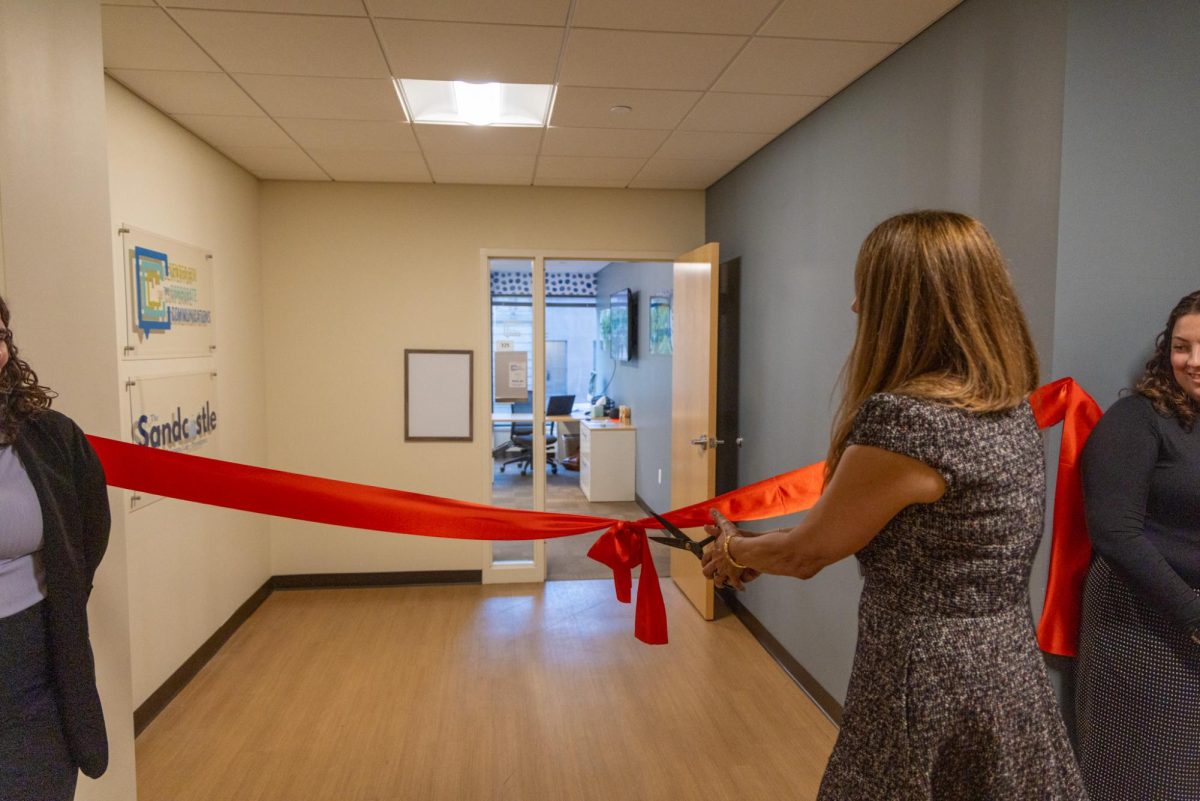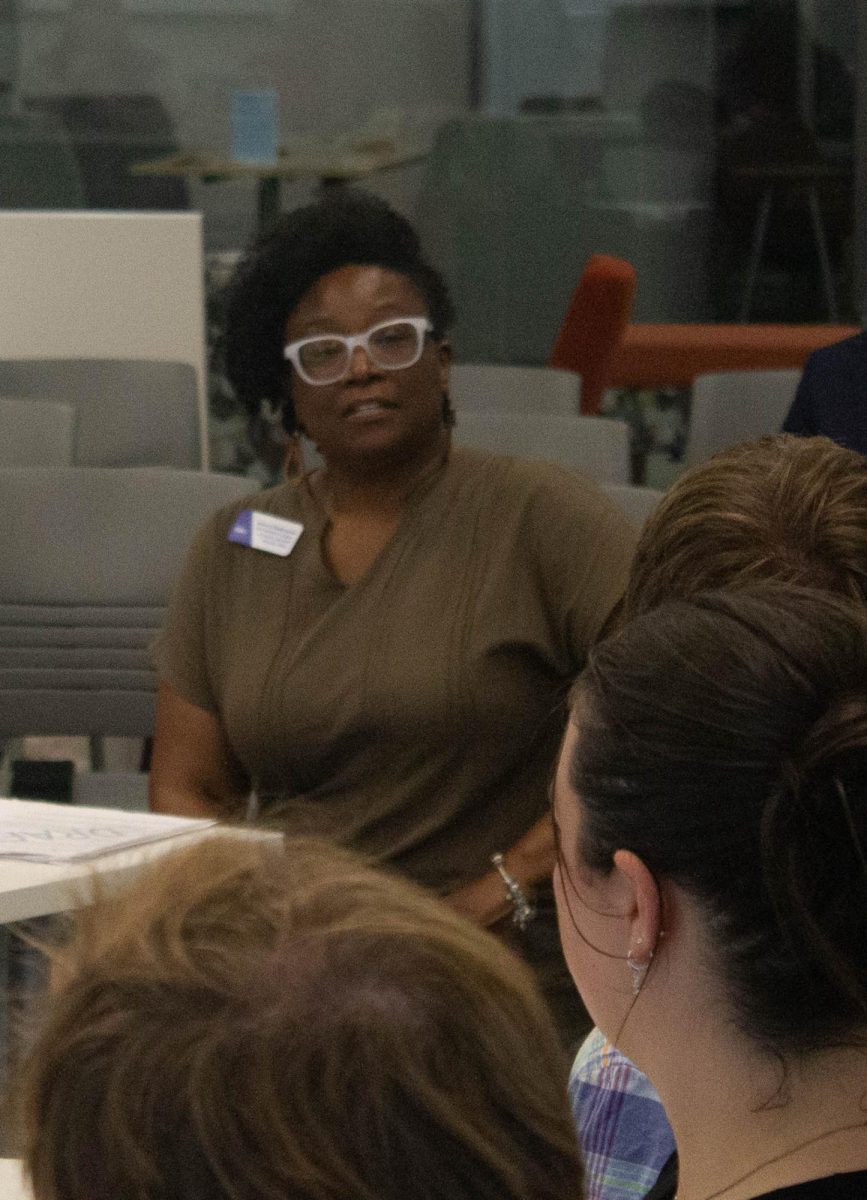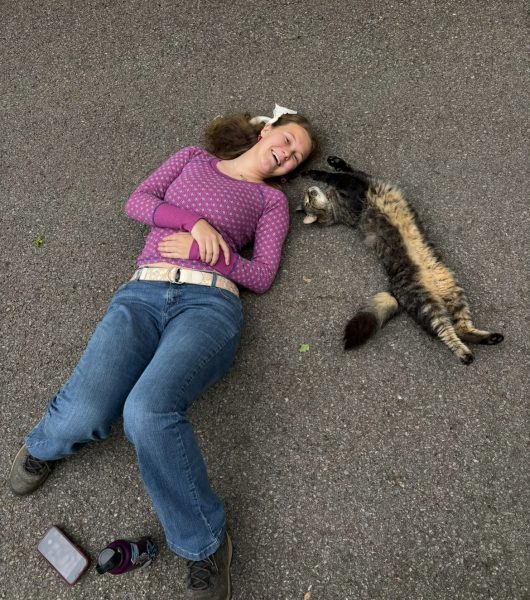Over time, our formerly vibrant and lively pond on the Roger Williams University campus has become overgrown and obscured by a thick layer of cattails.
Led by passionate members of the Sustainability Club and the SUS 401 Capstone class, students rallied together for two days of pond cleanup. Their mission? To reclaim the beauty and biodiversity of our once thriving pond from the clutches of invasive plants.
On April 13 and 14, students rolled up their sleeves, hiked up their waders and got down and dirty in MNS Pond.
What better way to get a firsthand account of the effort than to grab a pair of waders and jump into the pond myself? Between the muddy substrate and the uneven ground, I wasn’t sure I would stay above water!
Sophomore Katie Flaherty explained “At the beginning of the semester, we were tasked with coming up with a sustainability project to help better the environment around RWU campus.”
With help from Sustainability Club, Flaherty’s class project was able to successfully launch.
Each day there were around 15 hardworking students shoveling debris and pulling up roots. The Facilities staff played a big role in the removal of the waste and the sharing of equipment throughout the process. The students took special care in protecting any living creature such as frogs and baby snapping turtles that were disturbed in the cleanup.
Vice President of Sustainability Club, Megan Baele, is a double major in Environmental Science and Sustainability Studies.
Baele emphasized, “It’s really important for us to acknowledge the land that we are on and to respect the wildlife that is here. I feel pretty destructive coming in here and removing this habitat, but once we clear out this vegetation, the wildlife and native plants will have a lot more room to grow.” This initiative also includes planting more native species around the pond.
Healthy pond maintenance needs to be an ongoing effort, and Professor Loren Byrne has been instrumental in this cause: “Going back to 2007, I worked with a student to get the original funding to plant up that area, because it used to just be lawn and some raggy junipers on the ground.”
Prior to the most recent cleanup, Professor Byrne instructed students on how to identify invasive plants to remove and which native plants to keep, such as the lilies.
According to Sustainability Club President, Brenna Krivoruk, the goal was to work to remove “all of the invasive species and overgrown roots from the pond.”
This proved to be messy work as the cattails were difficult to pull out due to their extensive root system. Krivoruk imagined the pond being restored to a former beauty that she has only seen in pictures, “The end goal is to see the MNS Pond as how it used to be, with clear water and koi fish and students hanging around the pond.”
The pond is already looking so much healthier and through the rest of the semester students should look out for the emergence of fish and the bloom of lilies!








